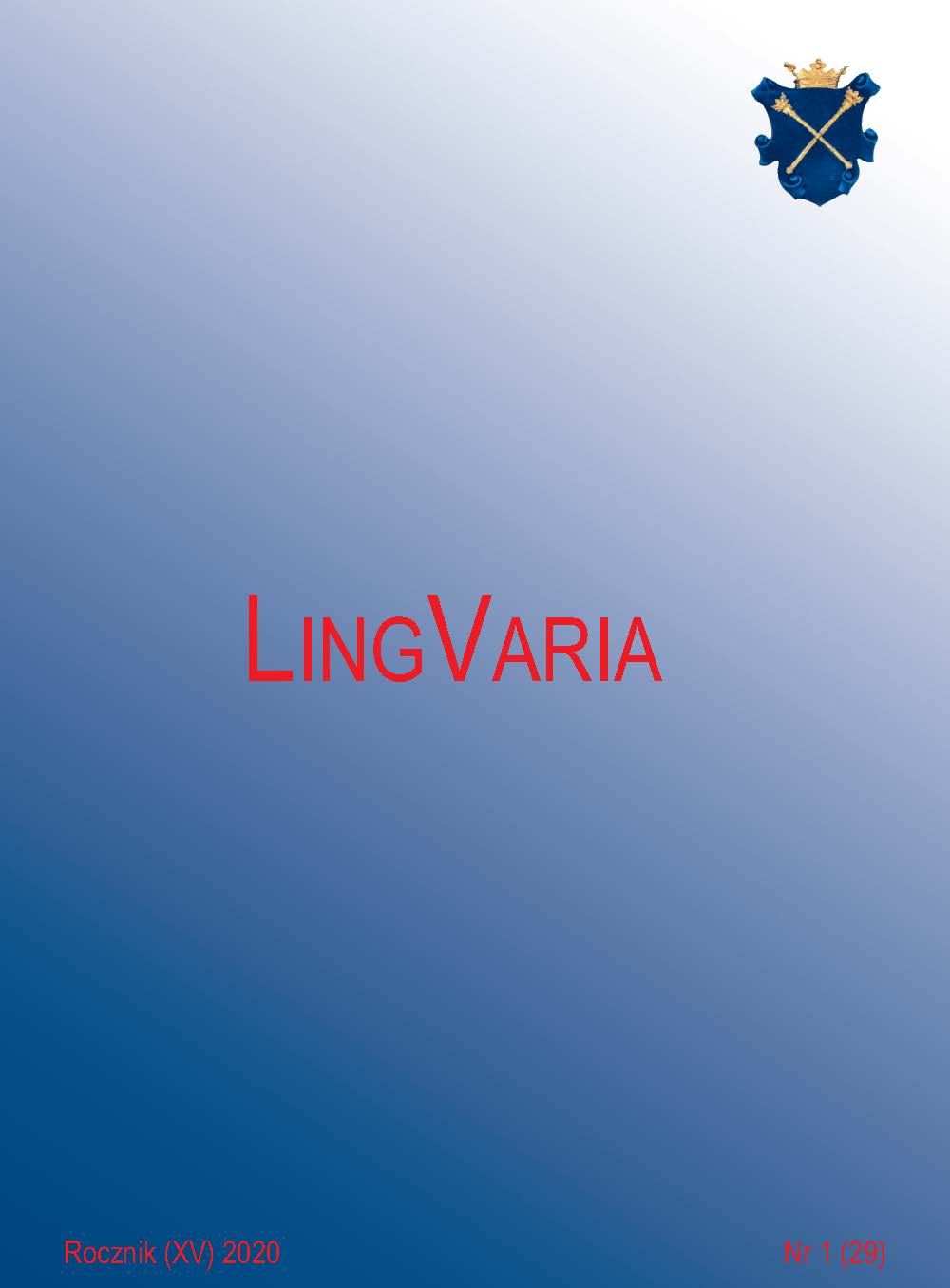Dlaczego Bałtowie i Słowianie liczyli pokrewieństwo w kolanach, czyli o etymologii słow. kolěno ‘kolano; ród’ i lit. kẽlis ‘kolano; ród’
Why did Balts and Slavs count kinship in knees, or the etymology of slav. Kolěno ‘knee; tribe’ and lith. Kẽlis ‘knee; tribe’
Author(s): Norbert OstrowskiSubject(s): History, Language studies, Language and Literature Studies, Cultural history, Theoretical Linguistics, Baltic Languages
Published by: KSIĘGARNIA AKADEMICKA Sp. z o.o.
Keywords: etymology; Baltic languages; Slavic languages; Indoeuropean linguistics; customary law;
Summary/Abstract: OCS. kolěno ‘knee; tribe, generation’ (cf. Polish pokolenie ‘generation’) and Lith. kẽlis ‘knee; joint in a plant; tribe; degree of kinship’ come from old adjectives with possessive suffixes (-ěn- in Slavic and -ija- in Baltic). Their primary meaning was ‘a joint in the body’ (*‘a rotating part of the body’). Both were formed from nouns with the meaning ‘wheel’ (OCS. kolo, kolese ‘wheel’, Old Prussian kelan ‘wheel’, Latvian duceles ‘chaise’; IDE. *kwelh1- ‘to turn, to rotate’). The hypothesis proposed in this paper explains the semantic relationship between Slav. kolěno ‘knee; tribe, generation’ and Proto-Slav. *kel-nŭ- > *čelnŭ- > Slovenian člèn // Serbo-Croatian člȃn ‘joint; ankle, talus’. Assuming that the meaning ‘joint’ was the original one, OCS. kolěno ‘tribe, generation’ and Lith. kẽlis ‘degree in relationship; tribe’ can be interpreted as old terms of customary law in the field of succession. The counting of kinship by enumeration of body parts from the head to the middle fingernail has been preserved in Middle Low German customary law, so-called “Sachsenspiegel”. The hypothesis is supported by numerous parallels: Lith. sąnarys ‘a joint in the body; (OLith.) ‘generation’, Lith. stráipsnis ‘body part; (OLith.) generation’, OPr. streipstan ‘body part; generation’, Middle High German Gelied ‘body part; generation’, and Middle Low German lede ‘a joint in the body; body part; degree of kinship’.
Journal: LingVaria
- Issue Year: 15/2020
- Issue No: 29
- Page Range: 251-264
- Page Count: 14
- Language: Polish

